Unveiling the Dark Side of Ultrarunning: The Impact of Sleep Deprivation in Overnight Races
If you crave sleep, then it’s time to discuss napping...
The runner’s goals usually depict whether they will forgo sleep during a race. If you are intent on a fast time or a podium position, you will be willing to sleep as little as possible to ensure you grasp your goal.
Sleep becomes a luxury in races like the Barkley Marathons, where the time limit is unyielding. In the case of Jack Scott, who slept for less than an hour over a 72-hour, 55-minute period for his triumphant win at the Montane Winter Spine Race in January, the extreme conditions of these races are vividly illustrated.
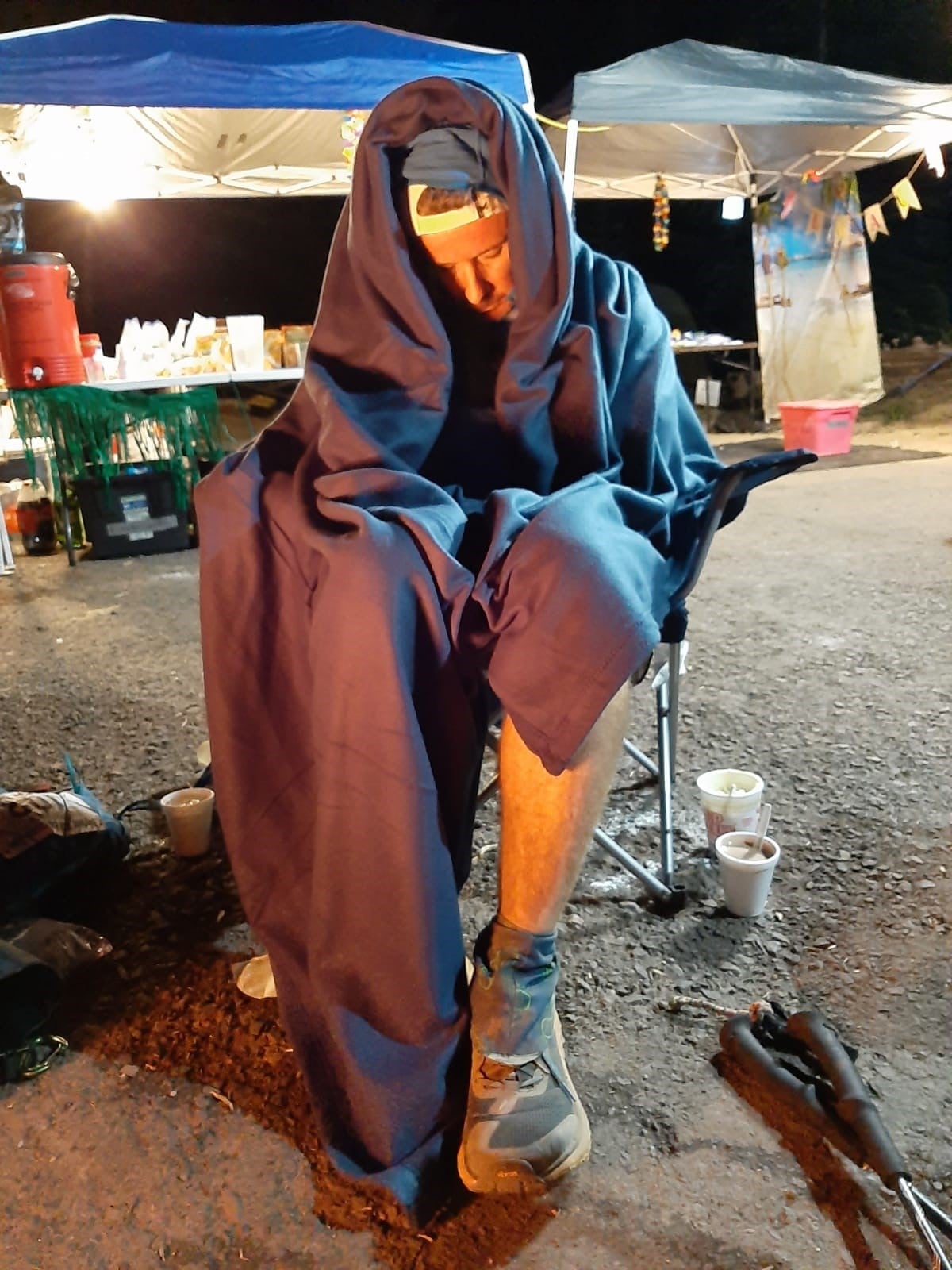
Other runners, however, may be hoping to finish the race in one piece and will opt for longer sleeping periods to aid recovery and reduce cognitive fatigue.
However, in overnight races that stretch to 100 miles and beyond, sleep deprivation becomes a formidable obstacle. It can be a significant challenge for many runners, underscoring the importance of managing sleep in these gruelling events.
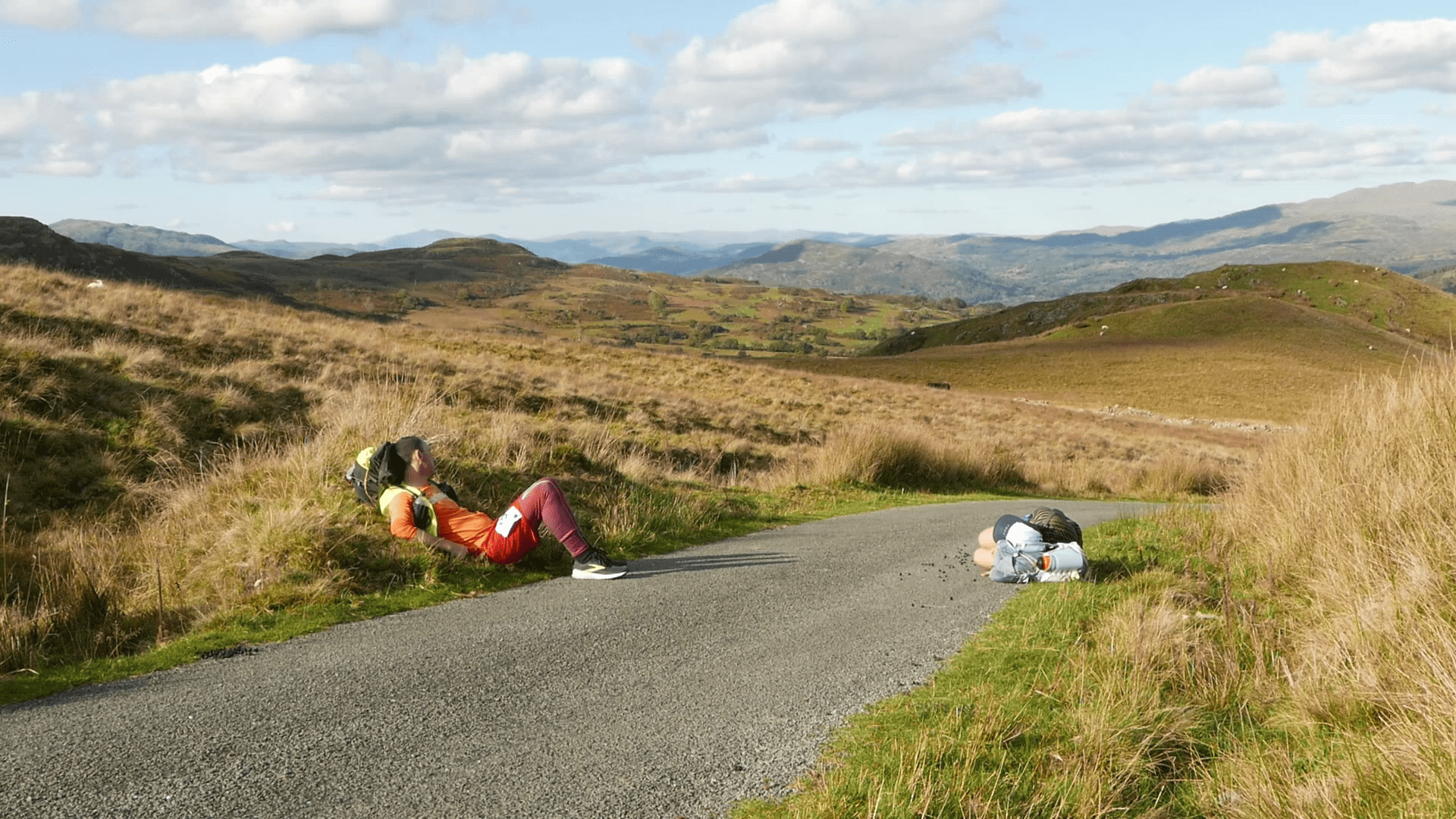
Symptoms of Sleep Deprivation
- Sleepiness: This is an obvious one, but this feeling can range from mild weariness to an overwhelming desire to sleep.
- Mood Changes: Sleep deprivation can affect your mood, inciting feelings of depression, anxiety, paranoia and low motivation.
- Cognitive Impairment: In some severe cases, you can get extremely confused and struggle to focus on the task at hand. You may also find judging other people’s emotions and reactions difficult.
- Hallucinations: While viewed as a funny side effect, some runners experience hallucinations while running on minimal sleep. These can range from minor ‘misinterpretations’, such as thinking a leaf is a squirrel or a branch is a snake, to visualising complete structures, animals, or people who aren’t there.
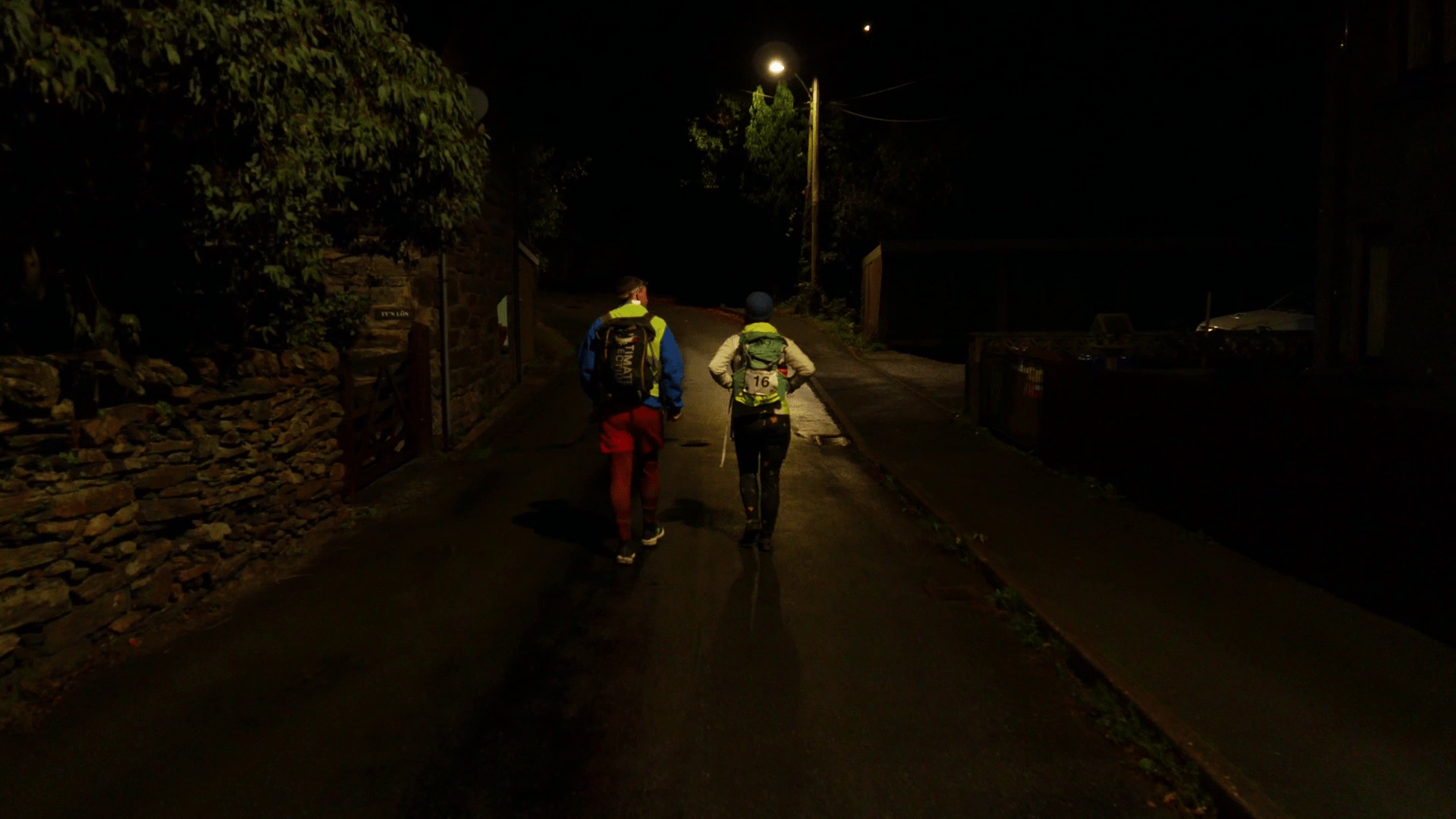
How to cope with Hallucinations
If Hallucinations last more than an instant or two, you might actually be dreaming, your brain switching between its dream and awake states. Microsleeps happen when a person is significantly sleep deprived and involve the person falling asleep while the body still functions. The brain sleeps for just a few seconds to try and recover. If you notice this, it may be time for a nap.
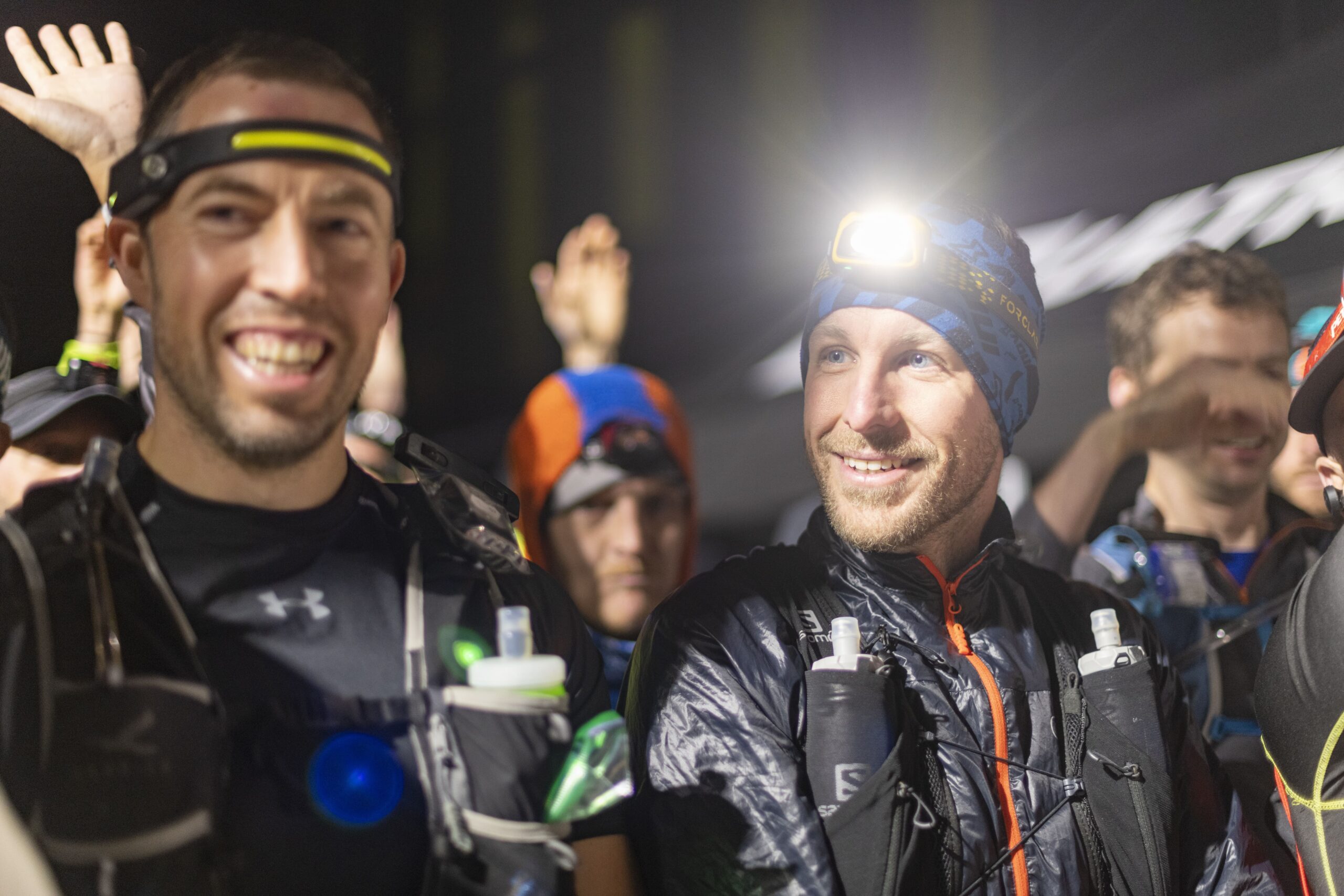
To cope with hallucinations:
- Feed your brain: Compared to other organs, the Brain needs more glucose to function. A normal-weight adult requires 200 g of glucose per day, two-thirds of which (about 130 g) is specifically required by the brain to cover its glucose needs.
- Don’t expect them: Don’t enter an overnight race hoping to see pink elephants or purple dragons alongside you. Your expectations and beliefs play a significant role in shaping an outcome; therefore, don’t go into races anticipating that you’ll hallucinate.
- Calm yourself: If you do hallucinate, then the best thing to do is to keep calm and let it go. In meditation, you must acknowledge and let any unwanted thoughts pass through. The same applies here; if you focus on the hallucinations, they may get worse. Therefore, accepting them and letting them go can mean they pass quicker.
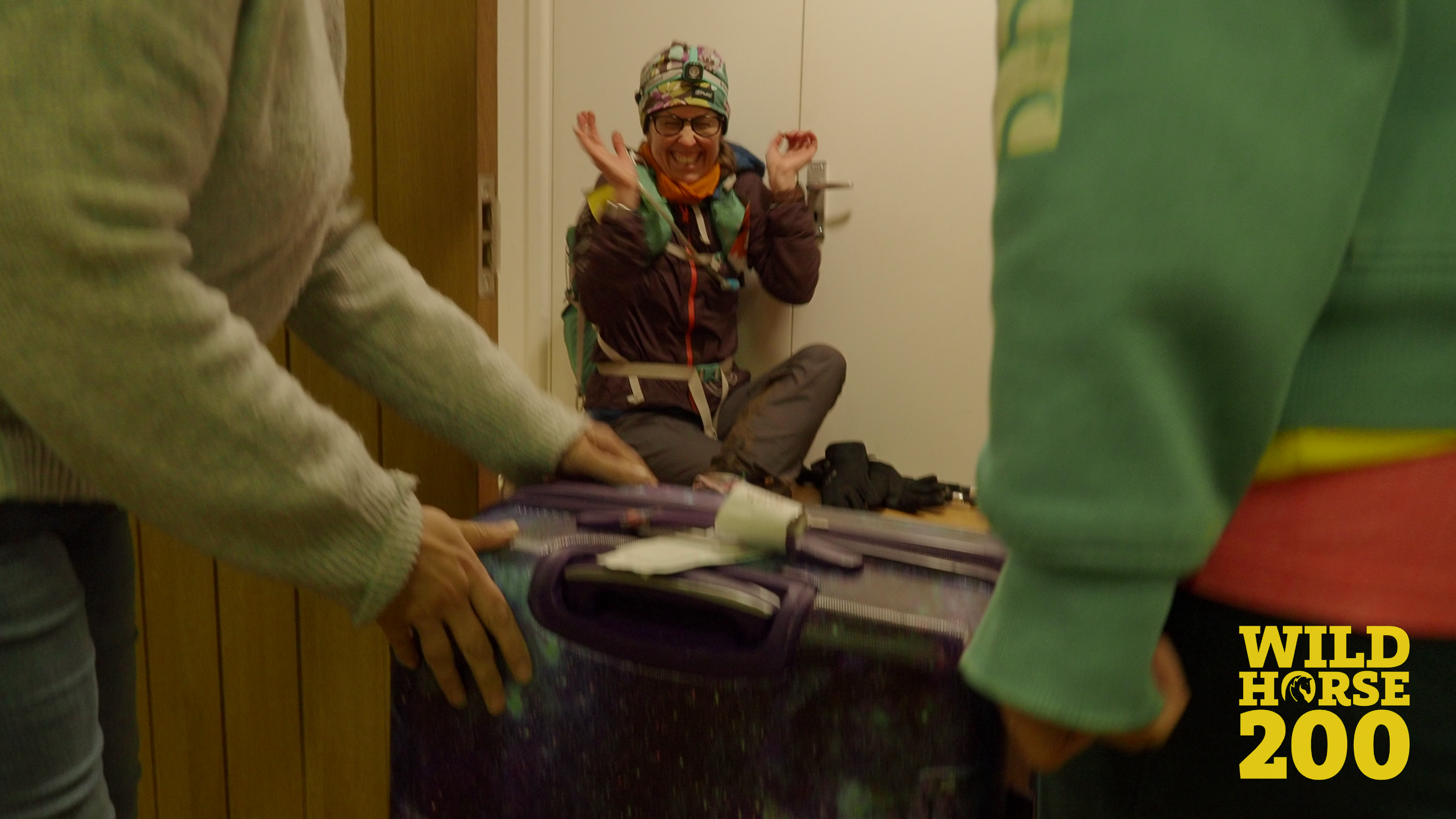
Pre-Race Sleep Banking
Sleep extension or sleep banking is a simple yet effective way to improve your performance and potentially minimise your need for sleep during a race. Over decades of research, studies have suggested that sleeping for just an hour more each night for a week leading up to a race can improve cognitive function and performance.
Most adults need 7 to 9 hours; however, this may vary as some can function on less or require more. Therefore, knowing your own sleeping habits and improving them leading up to your race can mean you’re less likely to collapse in the dirt from exhaustion for a quick nap.
Most research protocols have centered around a 1 to 2 week sleep extension protocol in which total time in bed is 10 hours/night.
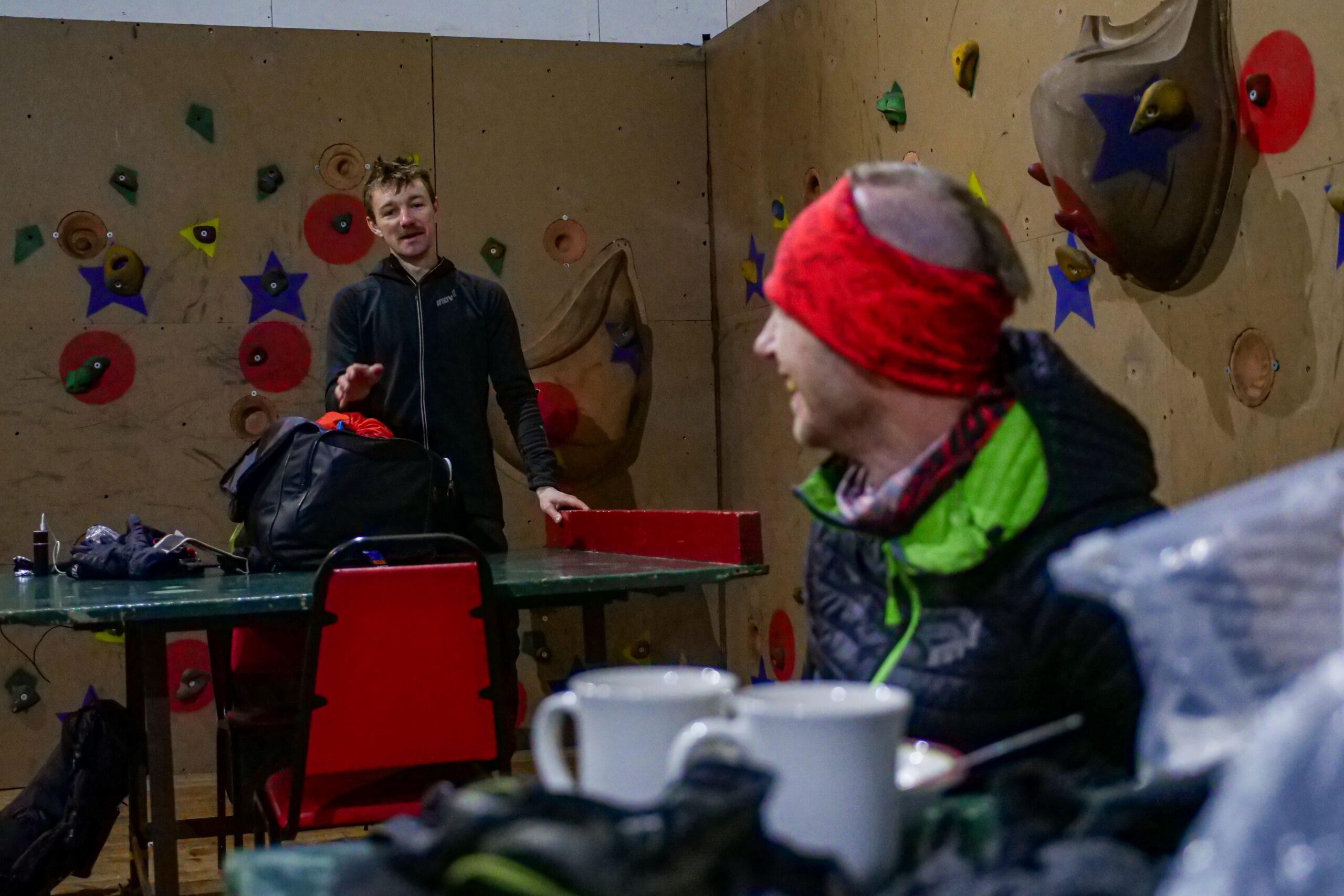
Mid-Race Napping
If you crave sleep, then it’s time to discuss napping. This is where planning comes into play. Researching and understanding the specific rules around sleeping during your race is essential.
Some races will disqualify runners if they sleep in a crew car, while others do not allow a runner to sleep outside an aid station for more than 20 minutes. Some races also have a time limit on checkpoints, which may also play a part.
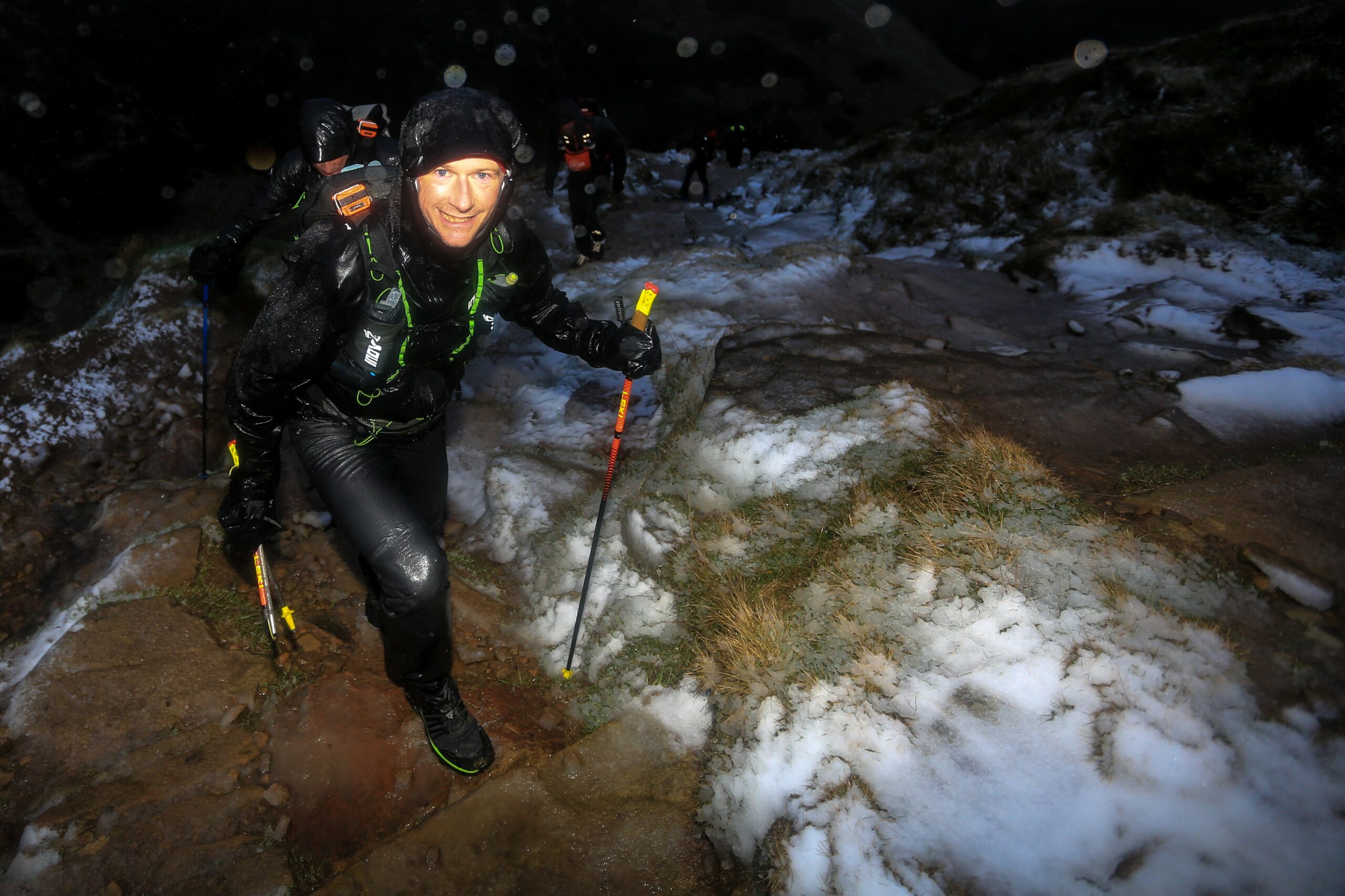
>>> Inov-8 Athlete Jack Scott Smashes 268-Mile Spine Race Record
Overnight races tend to allocate a specific checkpoint for sleeping, with crew access, cots, and warm food. However, discipline is most definitely required, as sleeping for too long can significantly end your race if you surpass the time limit.
A sleep strategy is often recommended before entering a race to be as efficient as possible and get you back on the trail as soon as possible.
- Choose a quiet area to reduce sleep interruption. You may also want to wear earbuds to maximise quietness, as checkpoints can be noisy.
- Eat beforehand, as it gives your body time to digest
- Clean yourself with a wet wipe to avoid chafing. Changing your clothes for dry, warm ones can help with sleep hygiene and mean you’re prepared to leave instantly when you wake up
- Set an alarm or ask a checkpoint leader or crew member to wake you after an allocated time
- Upon waking, get moving. Eat more food, drink caffeine and collect your things together. If you have a crew, they could use the time you are asleep to charge watches and headlamps and repack your pack so you can get back out of the door promptly.
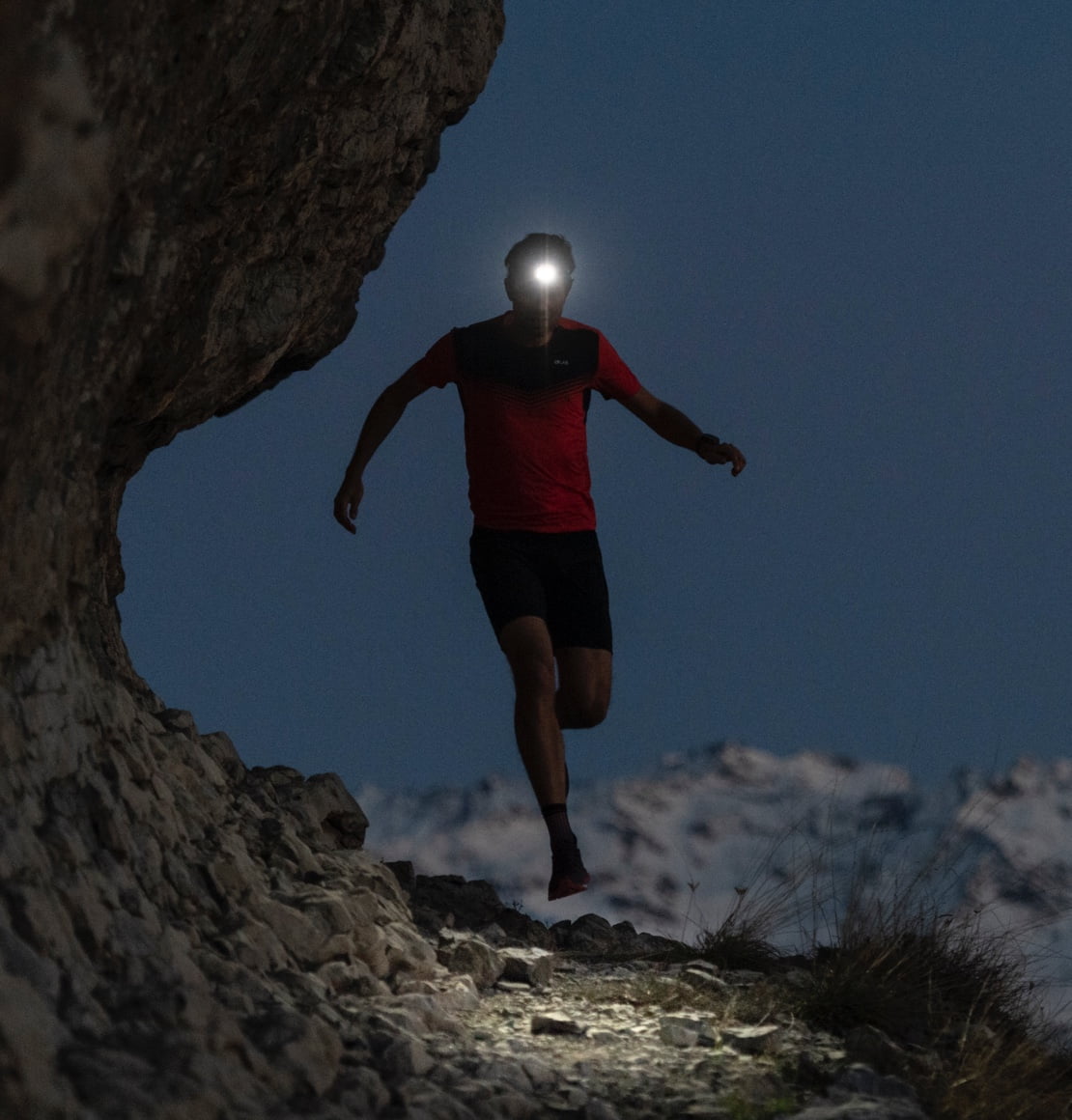
Dirt Napping
Not everyone can do this, and it depends on your race rules; however, falling asleep on the trail for short periods when excessively tired can give you just enough energy to get you to the next checkpoint.
Dirt napping is much like regular napping; however, it is out in the open. Here are some tips:
- Find a safe place to nap, away from cliff edges or on the top of summits. It should be dry, comfortable, and warm.
- Utilise a safety blanket or extra layer to keep you warm, as fatigue can cause your body temperature to plummet and increase chances of hypothermia.
- Set out a directional point, such as a stick or pole, to guide you when you wake up. Sleep deprivation can cause confusion or disorientation, and this can be a simple way to realign your surroundings upon waking.
- Eat before you sleep and after you wake up.
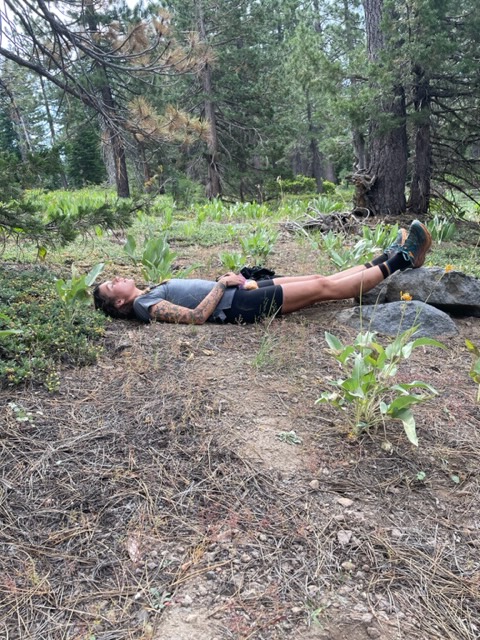
Running in the Dark
Running in the dark can be incredibly scary and disorienting. A once easy route can quickly become difficult to follow when the sun sets as landmarks vanish and you have only your headlamp lighting the path in front of you.
>>> Jasmin Paris Makes History at the Barkley Marathons
It is often widespread for athletes to slow down over the night section, which is often the safest way to travel. When working fast and under sleep deprivation, it can be really easy to make mistakes that mean you lose time and elevation or find yourself in a dangerous position.
Some races allow you to have a pacer through the night sections; however, this depends on the race, so utilise your research. If this isn’t applicable, then discipline and resilience are needed to prevent excessive sleep deprivation. Take the route at a slower pace, ensuring you are watching your step over tricky terrain.
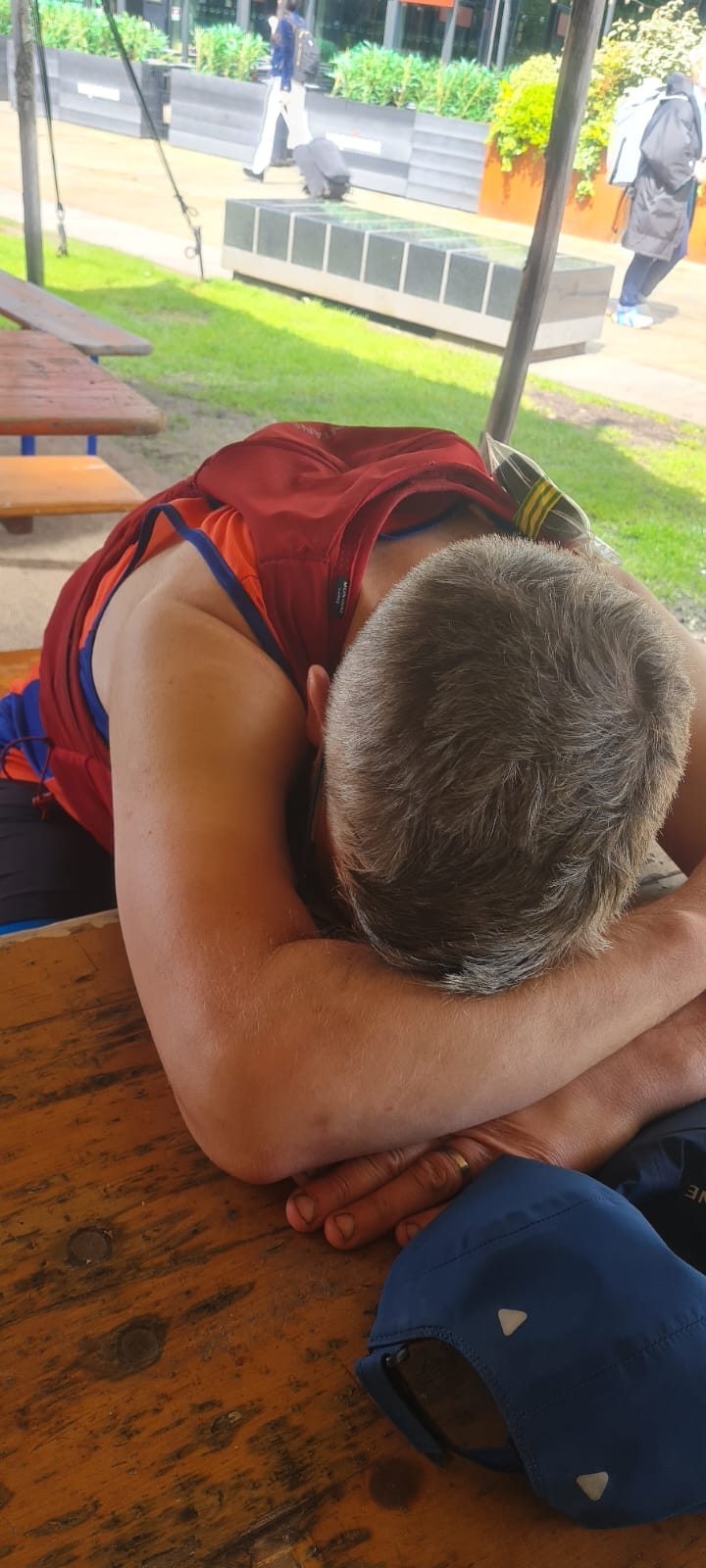
It is ingrained into our brains from childhood that when the sun sets, it is time for us to go to bed. Sleepiness can rise and, with it, a sense of depression and doom. You may have been on your feet for hours at this point, and your emotions may run high.
Just know that this is very normal and will pass. Everything will seem okay again as the sun rises. You may choose to switch your watch to a setting where you can’t see the time, as looking down at your watch and seeing 4 a.m. may be demotivating.
Leading up to the race, you can check what time the sun is expected to rise and keep that in mind. Running with others or running near roads can reduce this sense of isolation. You can even try to predict what time you will be in each section of the route and reccy it, meaning when it comes to the darkness, you have already done this section and approach it confidently.
References:
How to Sleep Better Naturally: Science Says Mental Breaks After Work | 1MD Nutrition™. https://1md.org/article/better-sleep-after-work








